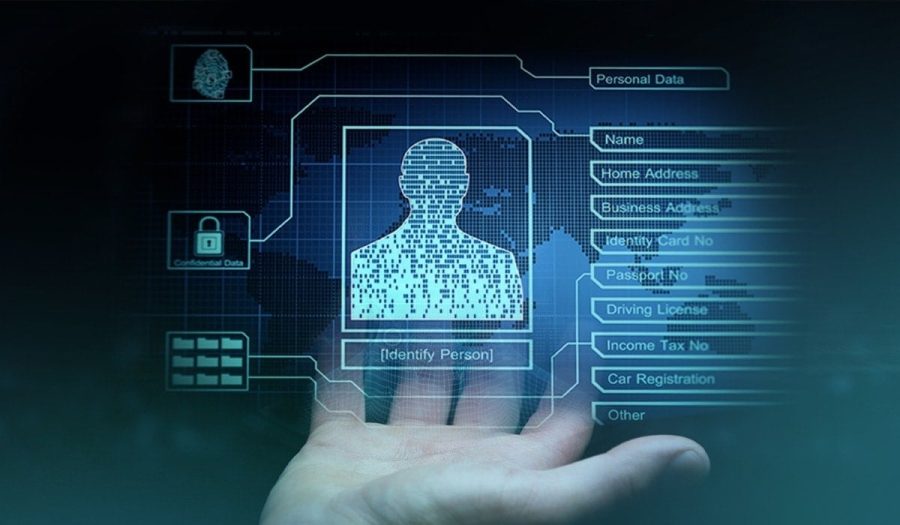The 21st century identity is more fluid, complex, and performative than any other time in history. The emergence of the digital world, including social media sites and the internet communities; online environments and AI-created avatars, have transformed the image of ourselves and how we show ourselves to the rest of the world. Creating identity is no longer limited to liaisons and realities in face-to-face situations or cultural divide, but it is created at screens, feeds, and data trails.
Steadfast Selves to Mobile Identities.
In the past, identity used to be frequently associated with fixed ways of identification: the nationality, the ethnicity, the gender, or the profession. In the digital world, on the other hand, experimentation is possible. We are able to edit, select and reimagine ourselves online. Profiles turn into performances and usernames into masks and mirrors, sometimes even both. Instagram can be used to create a more refined self-portrait, whereas Reddit or gaming communities allow the appearance of an absolutely different one. Such fluidity gives freedom, however, it brings questions: Which of me is the exact one?
The Social Media in Self-Presentation.
Social media networks serve as online platforms. All our posts, stories, or status updates are part of the story of our identity – or what we want the world to think of us. This type of amplification of our digital selves through algorithms raises some areas of our digital self and rewards visibility and engagement in subtle ways, influencing choice of what we share. This performance-based culture promotes comparison and conformity that in most cases cause identity anxiety. Self-worth can be mixed up with metrics when validation is reflected in the number of likes and followers.
Information, Surveillance and the Invisible Identity.
In addition to what we post willingly, data also creates our digital identity, the footprint we leave behind as we conduct our search, clicks, and other digital activities. Corporations and algorithms create our data doubles which becomes our digital economy. Such unseen personalities affect the kind of advertisements that we view, the content we listen to, and even how we are viewed by institutions. In this regard, we are in a way a part of an identity that we do not have control over, programmed in algorithms and stored in databases that we never visit.
The Paradox of Authenticity.
Digital culture tends to glorify authenticity and encourage the user to be themselves. However, online authenticity is paradoxical, in most cases authenticity is a curated way of being real. Vulnerability or imperfection is not completely unproductively shared in ways chosen selectively by people. There is more overlap between self-expression as real and self-branding as strategic. Authenticity, in the Internet space, is not simply about the truth, but about relatability, beauty, and exposure.
Towards a Digital Self-Understanding.
Since digital technologies keep replacing identity, the problem is that it is difficult to develop awareness and intentionality. As individuals, we can be able to live our digital lives in a more balanced manner by recognizing that our online selves are constructions, and not fully representative of ourselves. The creation of a sound online identity may entail an acceptance of heterogeneity over consistency, and authenticity as practice as opposed to outcomes.
Conclusion
Identity is no longer a fixed portrait in the digital world, but a changing collage, and is all the interactions, algorithms and imagination. The World Wide Web provides us with an unheard-of liberation of expression, discovery and connection. It must however withhold a critical consciousness of the way in which our identities are mediated and shaped by technology. In order to be able to live meaningfully in the digital era we not only have to learn to make up our identities, but also have to know them as dynamic and relational and in a manner that is much more deeply connected to the digital spaces we are in.


这个关于数字身份构建的博客展示了深刻的见解。作者已经成功地掌握了数字时代身份的核心特征——流动性、性能和复杂性。这篇文章的结构很明确。从身份流动、社交媒体性能、数据监控到真实性的悖论,它逐渐揭示了数字身份的多维方面。特别突出的是对“真实性悖论”的讨论,它准确地指出了在线身份构建中固有的矛盾:追求真理需要仔细规划。这种辩证思维显示了作者强大的批判性思维能力.
This blog makes a fruitful discussion on the construction of digital identity. The article successfully outlines the core characteristics of the transformation of identity from “firm self” to “mobile identity” in the digital age, and accurately grasps the complex impact of social media performance, algorithm manipulation and data tracking on identity formation. The structure of the article is clear. From identity mobility, social media performance, data monitoring to authenticity paradox, it progressively reveals the multi-dimensional dilemma of digital identity. In particular, the analysis of “authentity as a kind of careful planning” keenly points out the inherent contradictions in digital self-presentation. The discussion shows good critical thinking, not only affirms the freedom of expression brought by digital technology, but also soberly points out the hidden risk of identity anxiety and alienation. The call for “critical consciousness” and “deep connection” at the end provides a constructive thinking direction for the discussion.